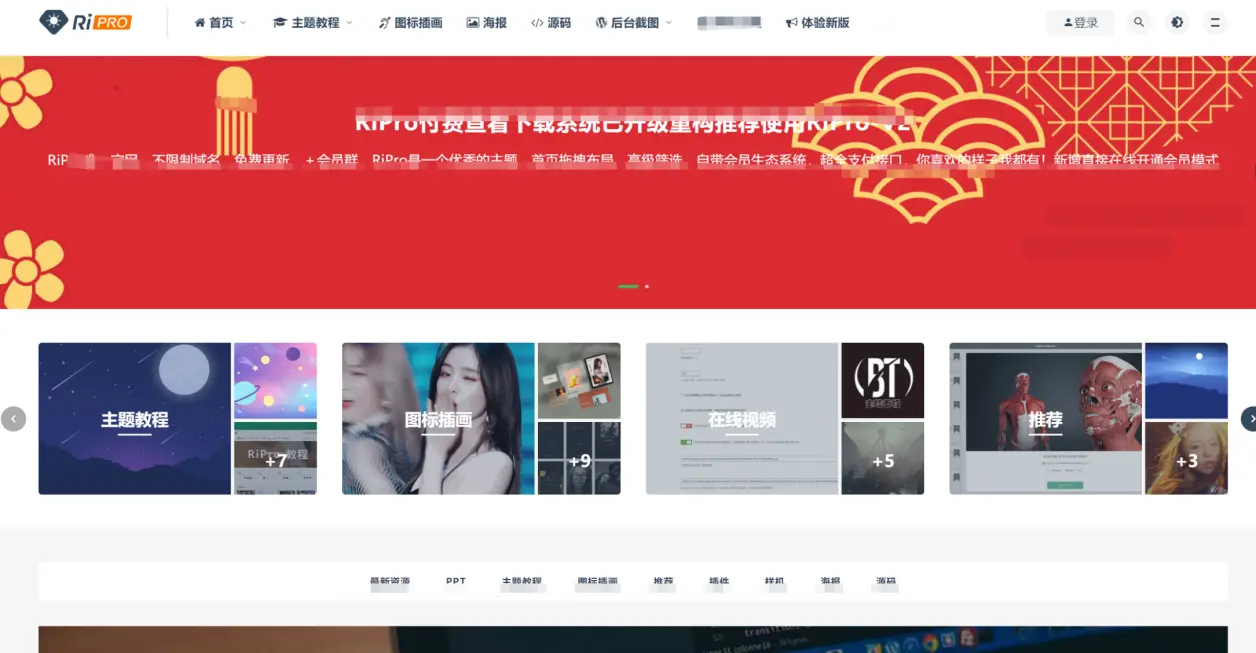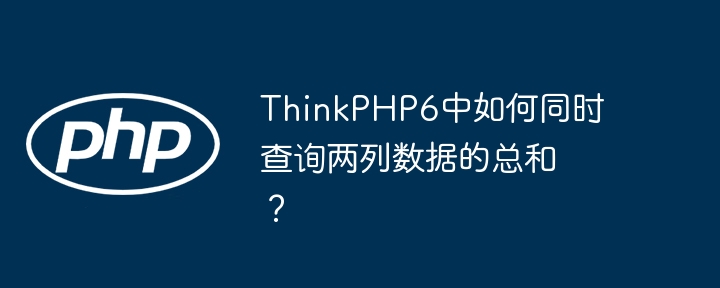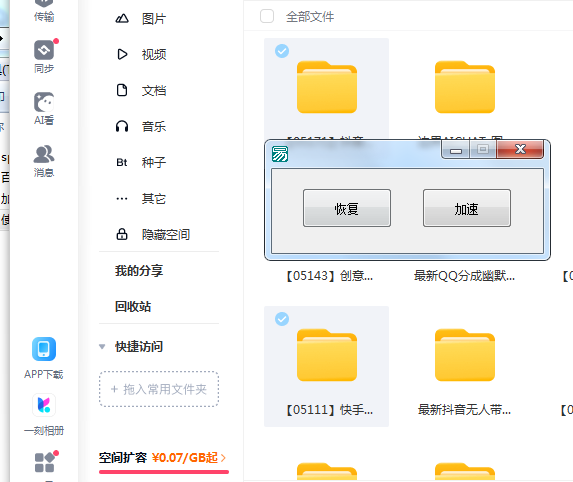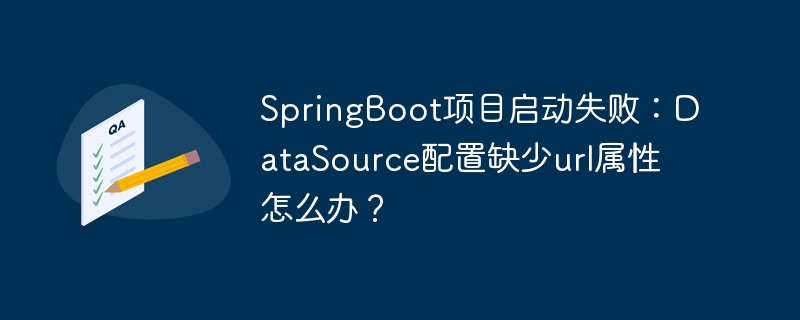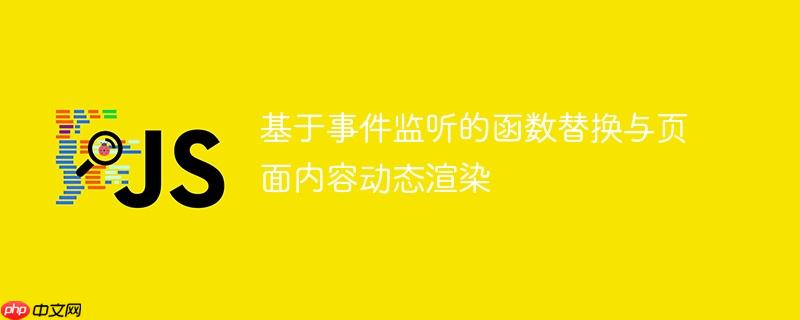
正如摘要所述,本文将探讨如何利用事件监听机制,通过函数替换实现页面内容的动态渲染。在 webpack 项目中,特别是处理 Tab 切换等交互场景时,动态渲染页面内容是一个常见的需求。以下将详细介绍一种基于条件渲染的解决方案。
核心思想:条件渲染与页面清理
核心思想是为每个页面(如 Home、About、Contact)创建独立的渲染函数,并根据用户点击的菜单选项,有条件地调用这些函数。同时,为了避免页面内容叠加,需要在渲染新内容之前,先清理旧内容。
具体实现步骤:
-
定义页面渲染函数: 为每个页面创建一个独立的函数,负责生成该页面的 html 元素并添加到页面中。例如:
function renderHome() { // 创建 Home 页面的 HTML 元素 const homeElement = document.createElement('div'); homeElement.textContent = 'Welcome to the Home Page!'; // 将元素添加到页面中 document.getElementById('content').appendChild(homeElement); } function renderAbout() { // 创建 About 页面的 HTML 元素 const aboutElement = document.createElement('div'); aboutElement.textContent = 'This is the About Page.'; // 将元素添加到页面中 document.getElementById('content').appendChild(aboutElement); } function renderContact() { // 创建 Contact 页面的 HTML 元素 const contactElement = document.createElement('div'); contactElement.textContent = 'Contact us here!'; // 将元素添加到页面中 document.getElementById('content').appendChild(contactElement); } -
创建页面清理函数: 创建一个 clearPage 函数,用于删除页面中所有动态生成的内容。这可以防止不同页面的内容重叠。
function clearPage() { const contentElement = document.getElementById('content'); while (contentElement.firstChild) { contentElement.removeChild(contentElement.firstChild); } } -
绑定事件监听器: 为每个菜单选项绑定事件监听器,当用户点击某个选项时,先调用 clearPage 函数清理页面,然后调用相应的页面渲染函数。
document.getElementById('home-link').addEventListener('click', () => { clearPage(); renderHome(); }); document.getElementById('about-link').addEventListener('click', () => { clearPage(); renderAbout(); }); document.getElementById('contact-link').addEventListener('click', () => { clearPage(); renderContact(); }); -
初始页面渲染: 在页面加载时,默认渲染 Home 页面或其他指定的初始页面。
window.onload = () => { renderHome(); // 或者其他初始页面 };
代码示例 (HTML):
<!DOCTYPE html> <html> <head> <title>Tab switching Example</title> </head> <body> <header> <nav> <ul> <li><a href="#" id="home-link">Home</a></li> <li><a href="#" id="about-link">About</a></li> <li><a href="#" id="contact-link">Contact</a></li> </ul> </nav> </header> <main id="content"> <!-- 页面内容将在这里动态渲染 --> </main> <script src="script.JS"></script> </body> </html>
代码示例 (JavaScript – script.js):
function renderHome() { const homeElement = document.createElement('div'); homeElement.textContent = 'Welcome to the Home Page!'; document.getElementById('content').appendChild(homeElement); } function renderAbout() { const aboutElement = document.createElement('div'); aboutElement.textContent = 'This is the About Page.'; document.getElementById('content').appendChild(aboutElement); } function renderContact() { const contactElement = document.createElement('div'); contactElement.textContent = 'Contact us here!'; document.getElementById('content').appendChild(contactElement); } function clearPage() { const contentElement = document.getElementById('content'); while (contentElement.firstChild) { contentElement.removeChild(contentElement.firstChild); } } document.getElementById('home-link').addEventListener('click', () => { clearPage(); renderHome(); }); document.getElementById('about-link').addEventListener('click', () => { clearPage(); renderAbout(); }); document.getElementById('contact-link').addEventListener('click', () => { clearPage(); renderContact(); }); window.onload = () => { renderHome(); };
注意事项:
- 性能优化: 对于复杂的页面结构,频繁的 dom 操作可能会影响性能。可以考虑使用虚拟 DOM 或模板引擎来优化渲染过程。
- 状态管理: 如果页面之间需要共享状态,可以考虑使用状态管理工具,如 redux 或 vuex。
- 错误处理: 在每个渲染函数中添加错误处理机制,以防止因渲染失败而导致页面崩溃。
- 模块化: 将代码拆分成更小的模块,提高代码的可维护性和可测试性。
总结:
通过为每个页面定义独立的渲染函数,并结合 clearPage 函数和事件监听器,可以实现基于条件渲染的页面内容动态切换。这种方法简单易懂,适用于各种 Webpack 项目,尤其是在处理 Tab 切换等交互场景时。在实际应用中,需要根据项目的具体需求,对代码进行适当的优化和调整。这种方法避免了直接替换函数,而是通过控制渲染的内容来实现页面切换,更加灵活和易于维护。






